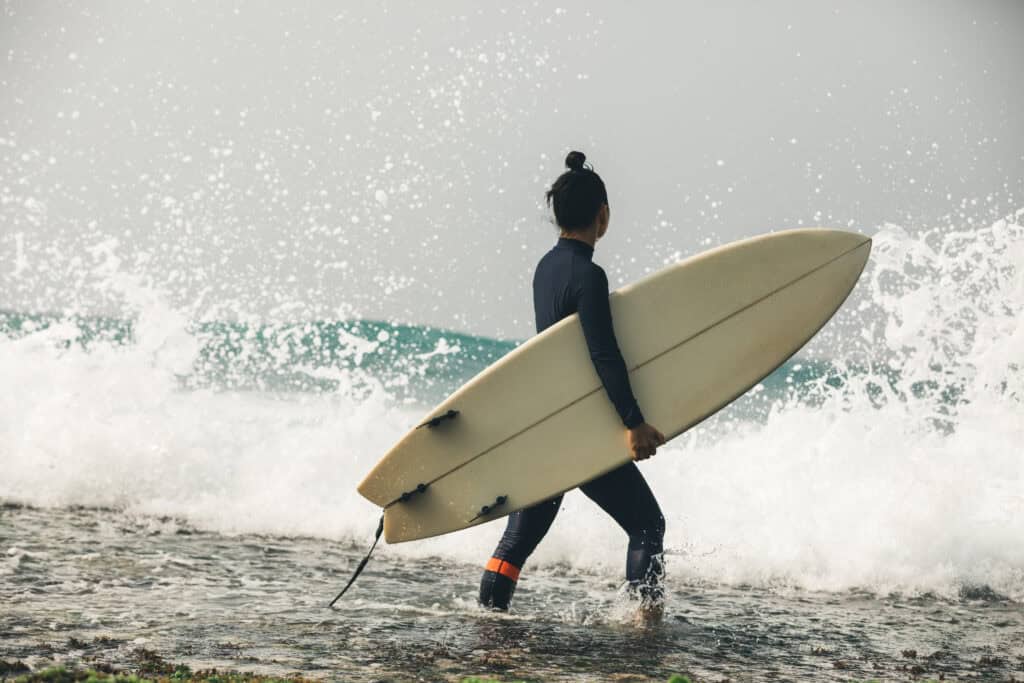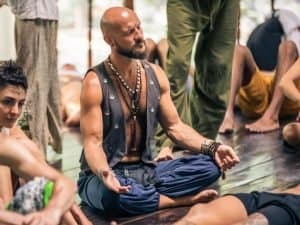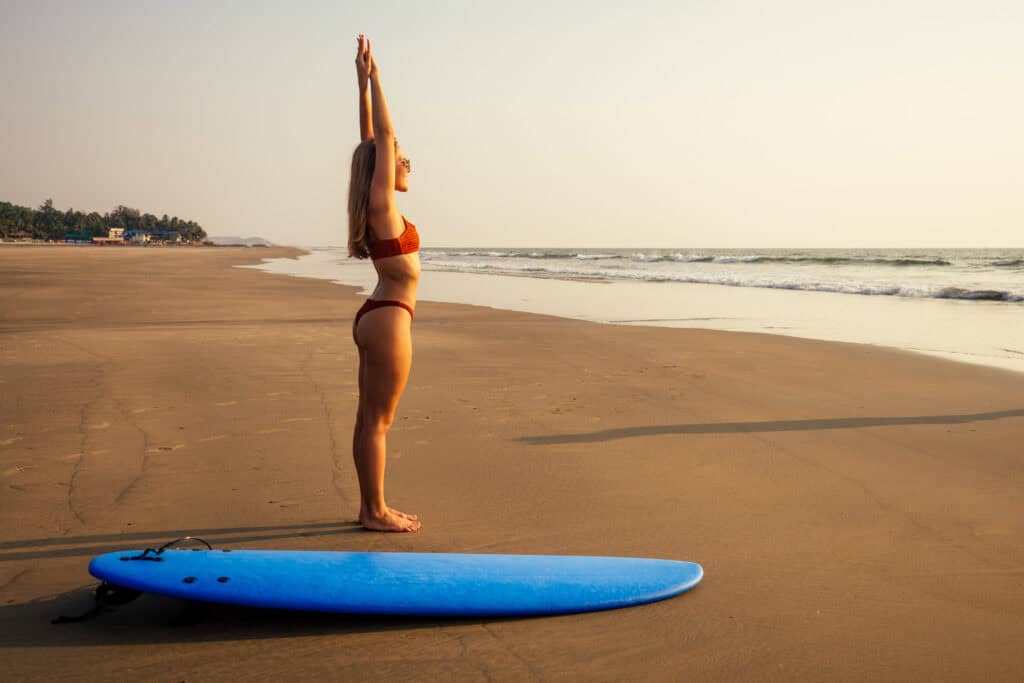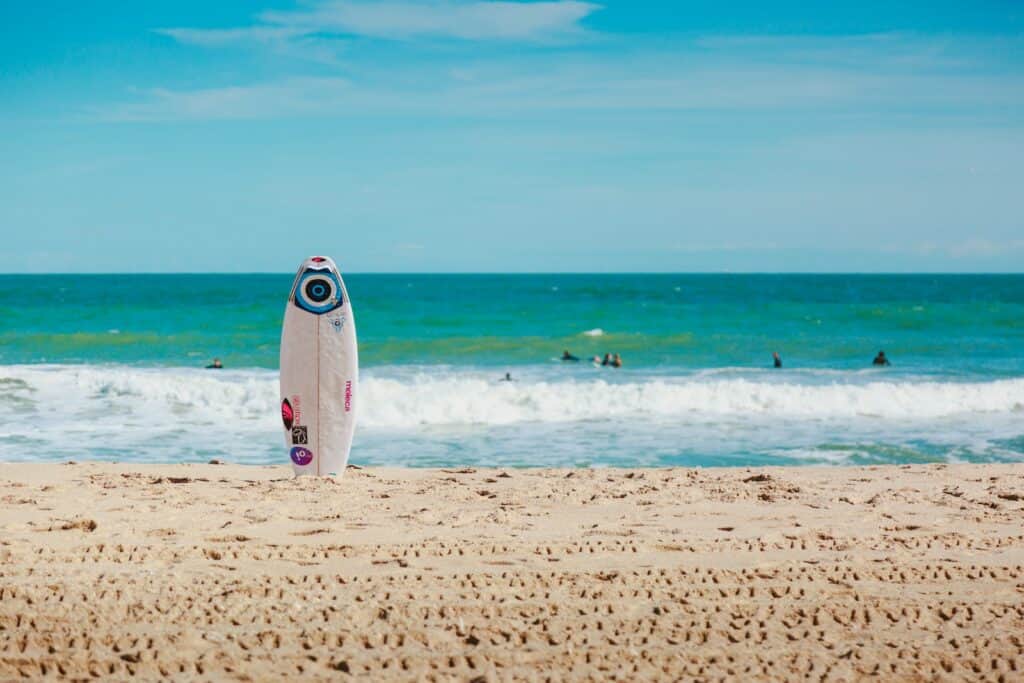Surfing proficiency enhancement is a key factor of any surfer’s progression, be it novice or experienced. In this comprehensive guide, we will explore various strategies and techniques that can help recreational surfers elevate their surfing life.
We’ll begin by discussing the importance of mastering basic skills such as the pop-up technique and drop-down maneuver. As you progress from a newbie to an intermediate-level surfer, selecting the right surfboard and identifying challenging beach breaks become crucial for further skill development.
Moving forward, we will delve into the world of smaller and narrower surfboards, understanding shortboard dynamics and providing tips on choosing appropriate board dimensions. Furthermore, professional coaching assistance can significantly enhance your surfing performance; thus, we will discuss its benefits and how to find suitable coaching programs.
Finally, consistency plays a vital role in achieving success in any sport – including surfing. Stay tuned as we unravel these insightful tips designed to boost your overall surfing experience!
Developing Basic Surf Skills
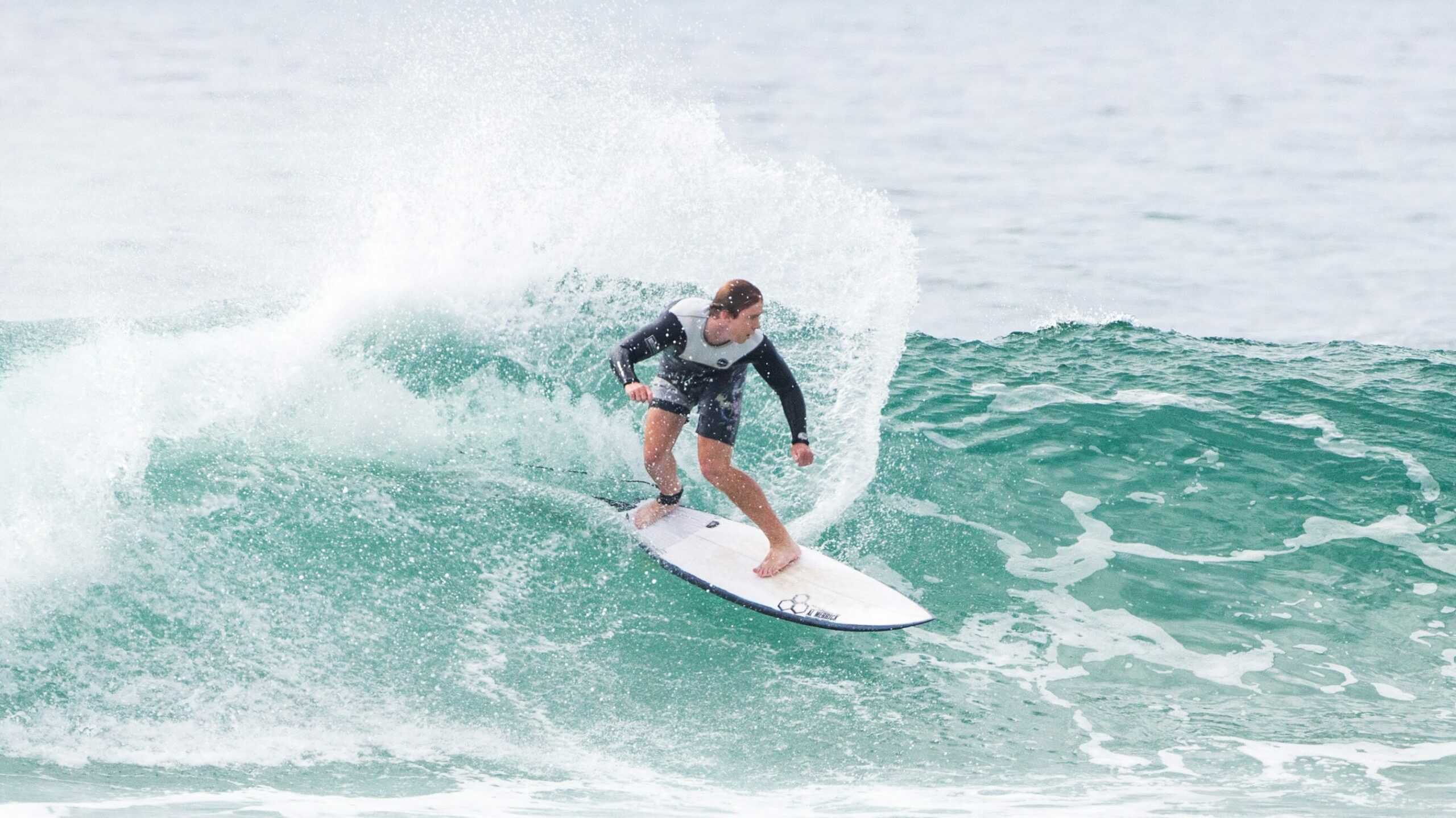
To become a proficient surfer, one must acquire the fundamentals such as pop-up and drop-down techniques; with regular training, these will be embedded in muscle memory within two months for successful surfing at various locations. With consistent practice of three to four times weekly, these techniques will be ingrained in your muscle memory within a couple of months, allowing you to succeed at different surf locations. Let’s dive into mastering these essential skills for every aspiring surfer.
Mastering the Pop-Up Technique
The pop-up is an essential skill that every beginner needs to learn during their surf training. It involves transitioning from lying on your stomach on the board to standing up in one swift motion. This technique is crucial for catching waves and maintaining balance throughout your surf session.
- Paddle: Start by paddling towards the incoming wave with strong strokes while keeping your body centered on the board.
- Catch: As you feel the momentum of the wave pushing you forward, stop paddling and position both hands flat beside your chest.
- Lift: Push down with both hands simultaneously, lifting your upper body off the board while keeping your toes curled underfoot for grip.
- Jump: In one fluid movement pattern, bring both feet beneath you – front foot first – landing squarely over the centerline before rising into a surfing stance (knees bent).
Perfecting The Drop-Down Maneuver
The drop-down maneuver comes after successfully popping up onto a wave; it requires adjusting weight distribution accordingly so as not to lose control during the descent. This skill is essential for surfing performance, especially when tackling larger waves or more challenging breaks.
- Anticipate: Keep your eyes on the wave’s crest and anticipate its movement to prepare for the drop-down.
- Bend: Bend your knees slightly, lowering your center of gravity while maintaining a balanced stance on the board.
- Distribute: Shift weight distribution towards the front foot as you descend down face; this helps maintain control over speed direction during the ride-out phase (bottom turn).
Incorporating these basic surf skills into regular practice sessions will help both recreational surfers and those looking to improve their surfing life. As an average surfer, developing muscle memory through consistent repetition ensures that these foundational techniques become second nature – ultimately leading towards increased confidence ability out in the water.
Developing basic surf skills is essential for any aspiring surfer, and mastering the pop-up technique and perfecting the drop-down maneuver are two of the most important techniques to master. With a solid foundation in place, it’s time to progress from newbie to intermediate level by choosing the right surfboard for skill development and identifying challenging beach breaks.
Progressing from Newbie to Intermediate Level
After mastering basic surfing skills, it’s time for progression. As an intermediate surfer, experimenting with various board types is essential for growth. Challenging yourself by heading off to more demanding beaches can help you reach expert levels within six months or so.
Choosing the Right Surfboard for Skill Development
The kind of surfboard you select is a critical factor in your progression as a surfer and honing your skills. While longboards are ideal for beginners due to their stability and ease of use, they may limit your progress as you advance in your surfing journey. To improve your surf fitness, consider trying out different boards such as funboards or hybrid boards that offer a balance between stability and maneuverability.
- Funboards: These versatile boards combine elements of both shortboards and longboards, making them perfect for recreational surfers looking to enhance their performance on waves.
- Hybrid Boards: Designed with features from multiple board types, hybrids cater well to those seeking versatility in their surfing experience while still focusing on skill improvement.
Identifying Challenging Beach Breaks
To truly develop your skills as an intermediate surfer, it’s crucial that you expose yourself to more challenging beach breaks where waves vary significantly compared to beginner-friendly spots. By doing so, not only will this help improve movement patterns but also boost confidence when tackling diverse wave conditions during a surf session.
- Uluwatu, Bali: Known for its powerful waves and stunning scenery, Uluwatu offers intermediate surfers a chance to test their skills on world-class breaks.
- Playa Hermosa, Costa Rica: With consistent swell throughout the year and a variety of wave types, Playa Hermosa is an excellent destination for those looking to progress in their surfing life.
- Winkipop, Victoria (Australia): Located near the famous Bells Beach, Winkipop provides challenging yet rewarding conditions that will push any average surfer’s abilities to new heights.
In order to make significant improvements as an intermediate surfer and eventually reach expert levels within six months or so, it’s essential that you commit yourself fully by experimenting with different board types and embracing more demanding beach breaks. By doing this consistently over time while maintaining your passion for surfing taught at surf school basics training will undoubtedly yield noticeable results in both skill development and overall performance out on the water.
By understanding the fundamentals of surfing and selecting an appropriate board, progressing from a newbie to an intermediate level is achievable. Investing in smaller and narrower surfboards can help further develop your skills as you progress towards becoming an advanced surfer.
Investing in Smaller and Narrower Surfboards
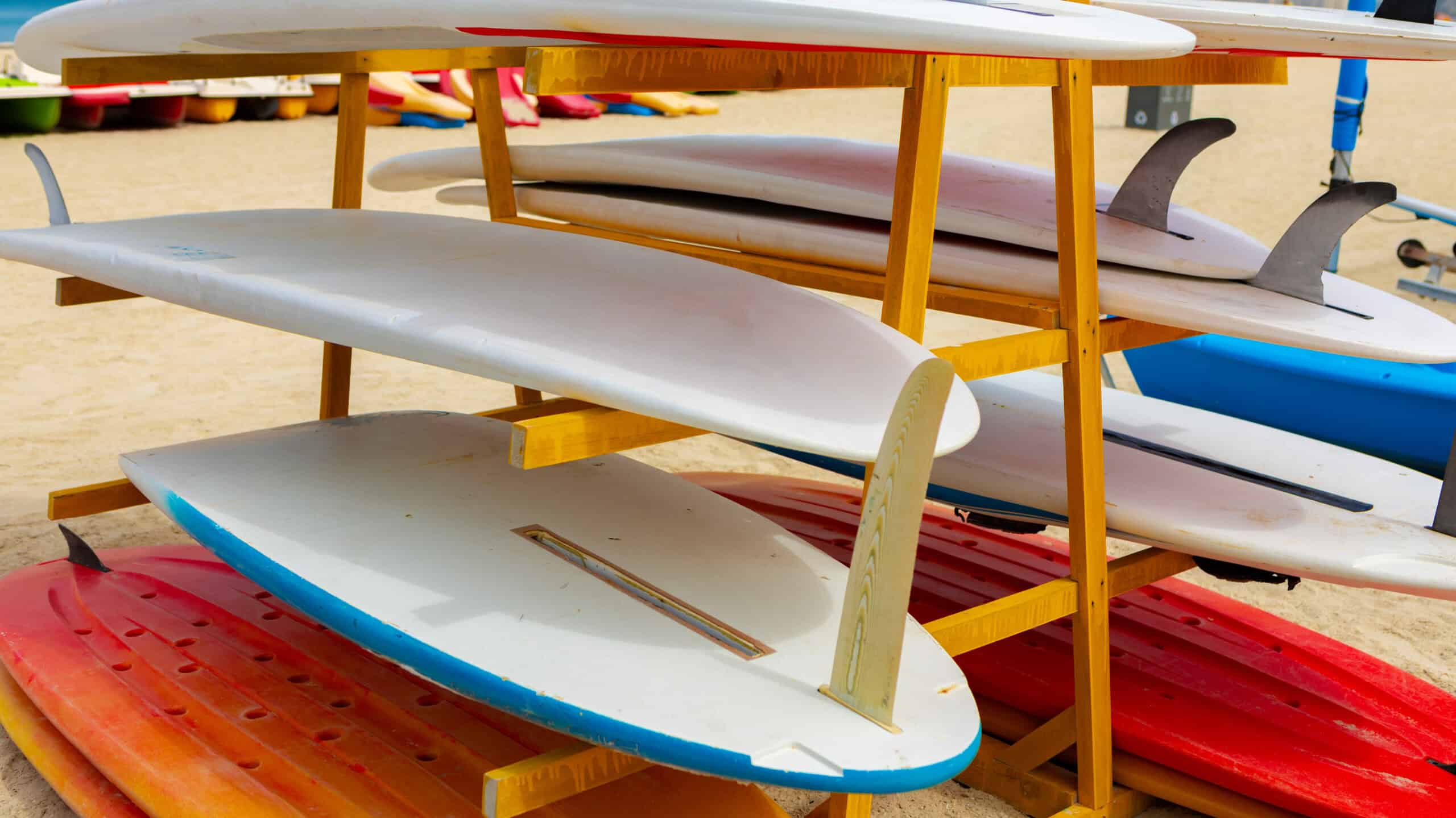
As you progress in your surfing journey, transitioning from beginner boards (longboards) towards advanced ones (shortboards) is essential for skill development. One of the key factors that can help you develop aggressive techniques seen among experts is investing in smaller and narrower surfboards. Gradually decreasing board size not only improves maneuverability but also enhances control on waves.
Understanding Shortboard Dynamics
Shortboard dynamics are vastly different from longboards, as they require a more precise approach to wave riding. Their reduced size allows for quicker turns and sharper maneuvers, which ultimately leads to improved surfing performance. However, this comes with a trade-off: shortboards demand greater balance and agility compared to their longer counterparts.
- Faster response time due to decreased length
- Better control during sharp turns or aerial tricks
- Increased paddling power is required due to less buoyancy
- Demand for enhanced balance skills while riding waves
Tips on Selecting Appropriate Board Dimensions
Selecting the right dimensions when moving towards smaller surfboards can be challenging; however, it’s crucial for optimizing your surf training experience. Here are some tips:
- VOLUME: Analyze the volume of your current board – it’s important not to make drastic changes when downsizing;
- DIMENSIONS: Consider both the length and width of the new board, ensuring that it’s proportionate to your body size and weight;
- ABILITY: Be honest about your surfing ability – don’t choose a board that’s too advanced for your current skill level, as this may hinder progress;
- PREFERENCES: Take into account personal preferences regarding wave types and surf conditions you usually encounter during your surf sessions.
In conclusion, investing in smaller and narrower surfboards is an essential step towards improving surfing performance. Understanding shortboard dynamics will help recreational surfers adapt their movement patterns accordingly while selecting appropriate board dimensions based on individual needs ensures optimal progression throughout one’s surfing life.
Investing in smaller, more agile boards can be a great way to hone your surfing technique as it grants you enhanced control and maneuverability. With the right coaching program, you will have access to professional advice that can help take your skill level even further.
Seeking Professional Coaching Assistance
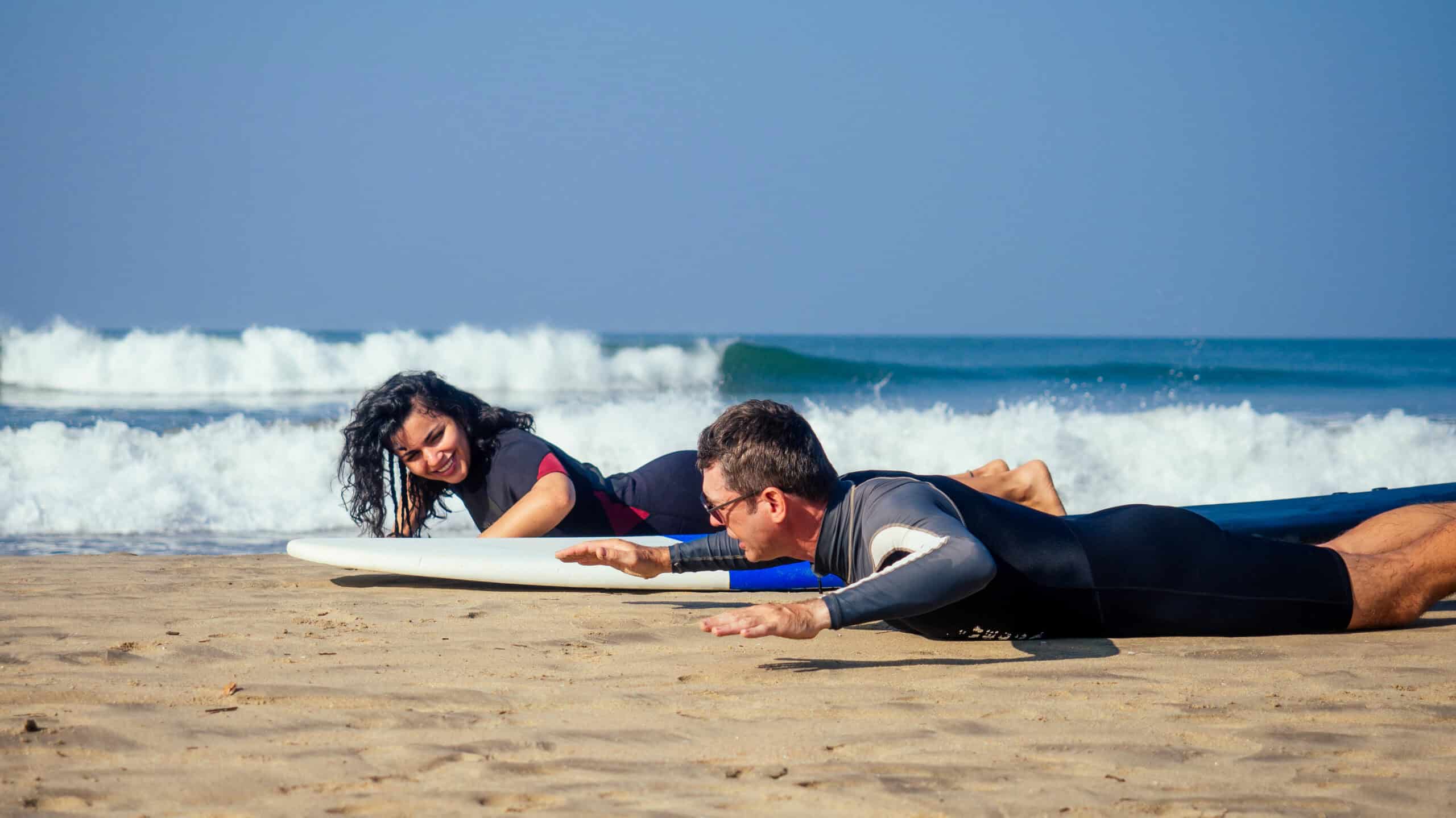
Hiring a professional coach could significantly accelerate your progress towards becoming an excellent surfer. A pro coach provides personalized guidance tailored specifically around your strengths and weaknesses while offering valuable insights into improving specific aspects of your performance. This section will explore the advantages of having a pro coach and how to select an appropriate coaching program for you.
Benefits of Working with a Professional Coach
- Expertise: A professional surf coach has extensive knowledge about surfing techniques, equipment, and wave conditions. They can help you understand the nuances of different movement patterns that are crucial for enhancing your surfing performance.
- Motivation: Having someone by your side who is invested in helping you improve can be incredibly motivating. Your surf training sessions become more focused as they push you to achieve goals that might seem impossible on your own.
- Error Correction: One significant advantage of having a pro coach is their ability to identify errors in technique or form during each surf session quickly. This immediate feedback helps prevent bad habits from forming and ensures steady improvement over time.
- Safety: Surf coaches prioritize safety during all recreational surfers’ activities, ensuring proper warm-up routines before entering the water and teaching essential skills like reading waves or understanding rip currents.
Finding the Right Coaching Program
To maximize results from investing in professional coaching assistance, it’s vital to choose the right program suited for both beginners looking to develop basic skills or advanced riders seeking further refinement. Here are some tips on finding the perfect coaching program for your surfing life:
- Research: Look for reputable surf schools or coaches in your area with positive reviews and testimonials. You can also ask fellow surfers for recommendations or visit online forums to gather information.
- Qualifications: Ensure that the coach has proper certifications, such as those from the International Surfing Association (ISA) or other recognized organizations. This ensures they have undergone rigorous training and adhere to high standards of teaching and safety.
- Pricing & Packages: Compare prices and packages offered by different coaching programs. Some programs may offer cheaper group lessons, while others might provide tailored one-on-one instruction.
- Trial Sessions: If possible, attend a trial session before committing to any long-term program. This will give you an idea of their teaching style, communication skills, and how well you connect with them on a personal level.
Incorporating professional coaching into your surf fitness routine can significantly impact both skill development and overall enjoyment of this amazing sport. Remember that consistency is key; combine regular practice with expert guidance for optimal results.
By seeking professional coaching assistance, you can get the most out of your surfing skill development journey. Regular practice is necessary to ensure that progress remains constant and continues in the long run.
Consistency is Key for Skill Development
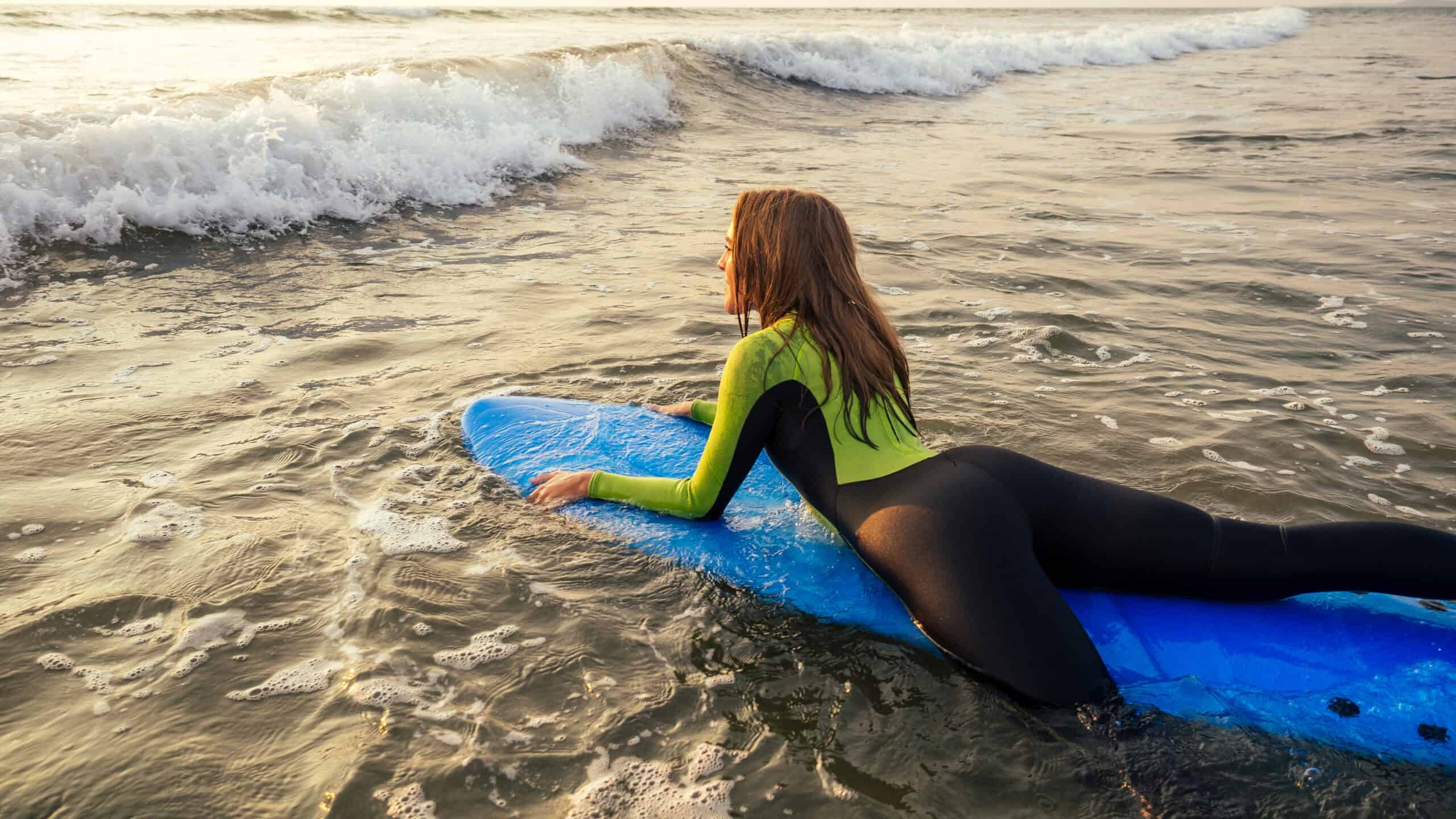
To maximize your surfing skill development, it is essential to practice consistently over a period of time. More than just frequency alone, maintaining regular surf sessions can significantly impact your progress and performance. Ideally, you should aim for three or four surf sessions per week over two years to see noticeable improvements in both confidence and ability out on the water.
The Importance of Consistent Surf Training
Regular surf training helps build muscle memory and reinforce movement patterns essential for improving your surfing performance. The more time you spend practicing on different waves and conditions, the better equipped you’ll be when facing new challenges during a surf session.
- Muscle Memory: By consistently practicing specific techniques such as paddling, popping up, or turning maneuvers, these actions become second nature – allowing you to execute them with ease even under pressure.
- Movement Patterns: Developing efficient movement patterns through consistent practice ensures that your body moves fluidly while riding waves – increasing control and reducing fatigue during extended surf sessions.
- Variety of Conditions: Regular exposure to various wave types (beach breaks, point breaks) allows recreational surfers like yourself to adapt quickly when faced with unfamiliar situations – boosting overall surfing life experience levels.
Tips for Maintaining Consistency in Your Surf Fitness Routine
To ensure that you stay committed throughout your journey towards becoming an average surfer or beyond; here are some tips that can help maintain consistency within your routine:
- Set Realistic Goals: Establish achievable milestones for your surfing performance, such as mastering a specific maneuver or increasing wave size. This will help keep you motivated and focused on improvement.
- Create a Schedule: Plan out your surf sessions in advance, taking into account factors like tide times and weather conditions to maximize the quality of each session.
- Find Surf Buddies: Surround yourself with fellow surfers who share similar goals – their support and camaraderie can make it easier to stick to your routine.
- Mix It Up: Incorporate different types of workouts (e.g., yoga, swimming) alongside regular surf training to maintain overall fitness levels while preventing burnout from repetitive activities.
Incorporating these strategies into your approach towards developing surfing skills will not only accelerate progress but also ensure that you remain engaged throughout the process. Remember that consistency is key when it comes to unlocking new levels of expertise within this exhilarating sport.
Frequently Asked Questions
What are the best techniques for improving my surfing skills?
To improve your surfing skills, focus on mastering the pop-up technique, perfecting the drop-down maneuver, and maintaining a balanced stance. Additionally, practice paddling efficiently and reading waves to anticipate their movements. Watching experienced surfers and learning from their techniques can also be beneficial.
How can I progress from beginner to intermediate-level surfing?
To progress from beginner to intermediate level surfing, invest in a smaller and narrower surfboard that suits your skill set. Consistently practice at challenging beach breaks while focusing on refining basic techniques like turning maneuvers and wave selection. Seeking professional coaching assistance will further accelerate your progression.
Are there any special tips or tricks that experienced surfers use?
Experienced surfers often employ various tips such as positioning themselves correctly on the board for optimal balance, using angled takeoffs for smoother rides, practicing duck diving under breaking waves to maintain momentum, cross-stepping for longboarding style points, and staying aware of ocean conditions by observing tide changes and currents.
What safety precautions should I take when learning to surf?
Safety precautions include always wearing a leash connected to your ankle or calf; using a soft-top board during initial stages; never diving headfirst off the board; being mindful of other surfers’ positions in crowded lineups; avoiding dangerous weather conditions such as lightning storms or strong rip currents; knowing how to identify rip currents; warming up before entering the water; respecting local rules;
What type of equipment do I need to get started with surfing skill development?
The essential equipment needed includes an appropriate surfboard for your skill level, a leash to keep the board attached to you, wetsuits or rash guards depending on water temperature, and wax or traction pads for grip. Additional items such as sunscreen, earplugs, surf booties, and a surf-specific first aid kit are also recommended.
Conclusion
By mastering the pop-up technique and drop-down maneuver, choosing the right surfboard for skill development, identifying challenging beach breaks, investing in smaller and narrower surfboards, seeking professional coaching assistance, and staying consistent with training sessions will help you progress from a newbie to an intermediate level surfer.
Remember that improving your surfing skills takes time and patience. It’s essential to stay committed to your training routine while enjoying every moment of your surfing life. Whether you’re a recreational or average surfer looking to improve movement patterns or seeking spiritual growth through surfing, developing basic skills can help you achieve both physical and mental well-being.

